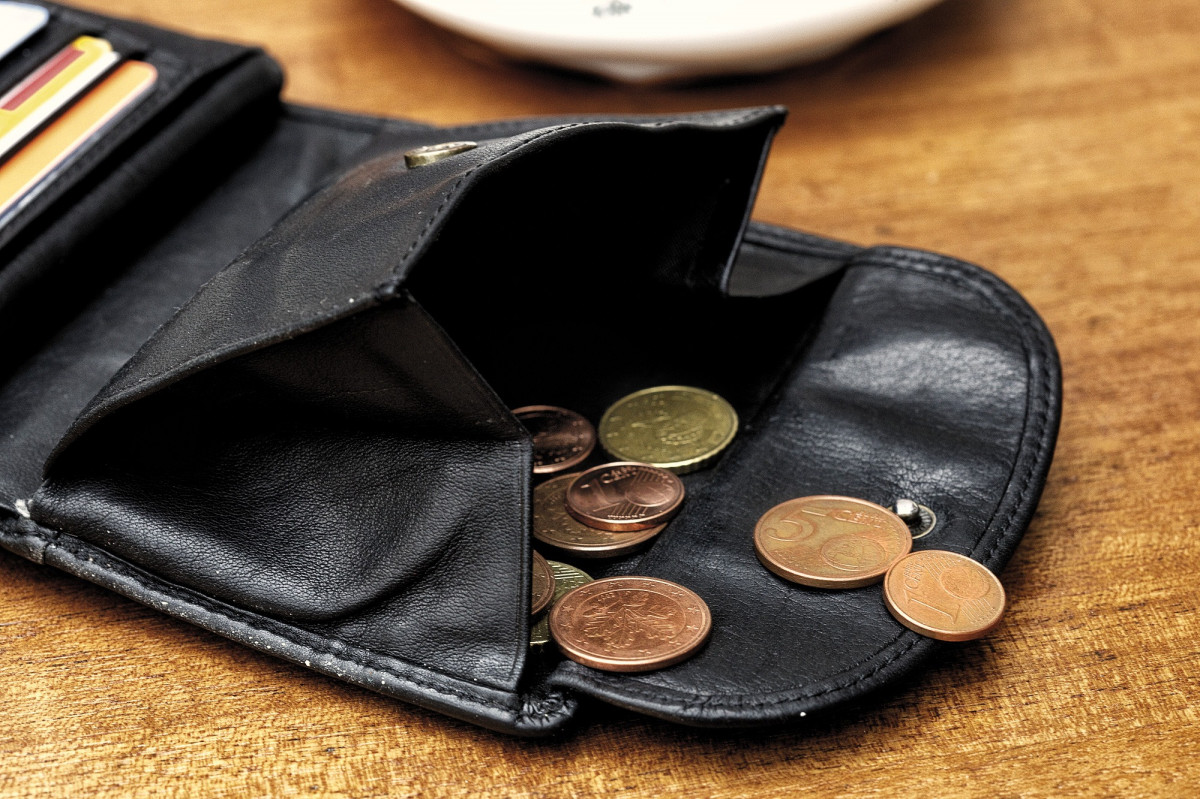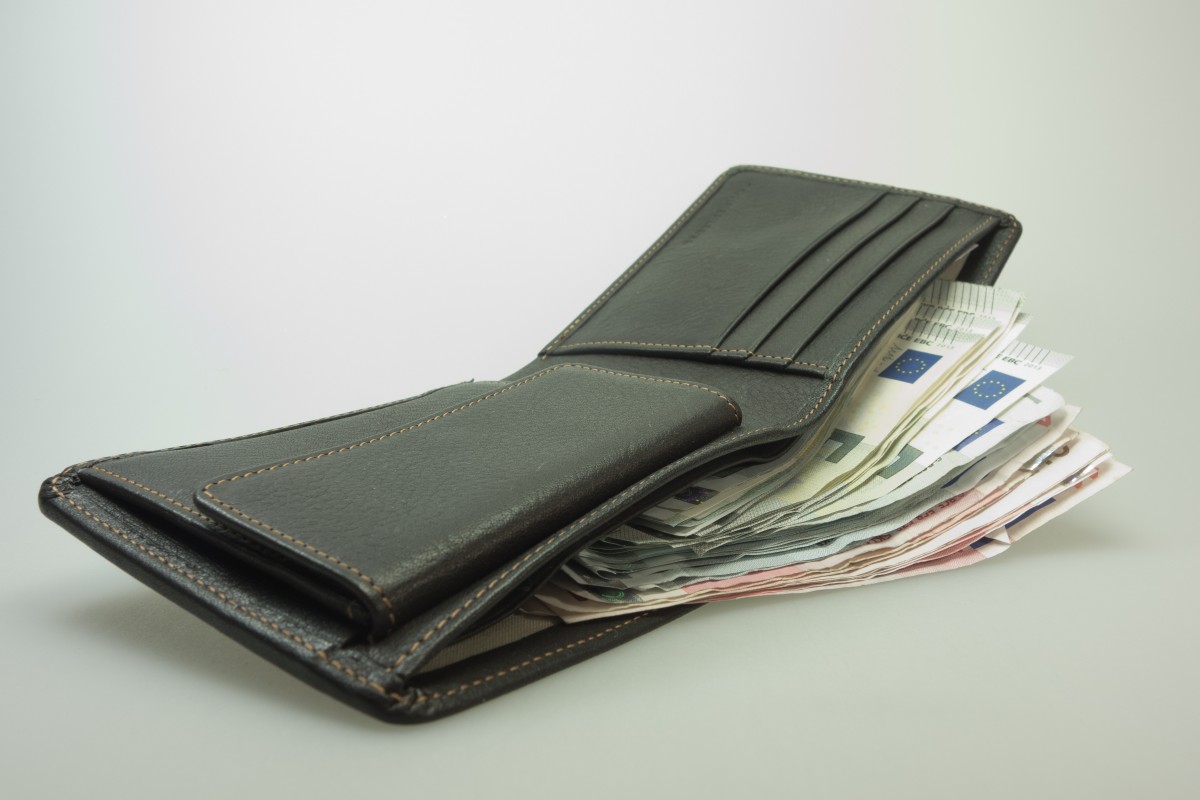Introduction: Navigating the Fundamental Divide in Borrowing
For consumers and businesses seeking capital, the financial world presents a spectrum of lending products. All of these products fall into two fundamental categories: Secured Loans and Unsecured Loans.
Understanding the distinction between these two types of debt is not just academic; it is the most crucial step in making a financially sound borrowing decision that aligns with your risk tolerance and intended purpose. The difference hinges entirely on a single factor: whether or not the borrower is required to pledge a valuable asset—known as collateral—to guarantee the repayment of the debt.
This requirement dictates everything from the interest rate and the maximum loan amount to the complexity of the application process and, most critically, the consequences of default. The presence or absence of collateral fundamentally shifts the risk equation between the borrower and the lender.
When a loan is secured, the lender faces significantly less risk because they have a clear legal claim to seize and sell the pledged asset (such as a house or car) to recoup their losses if the borrower fails to make payments. This reduced risk is rewarded with more favorable loan terms.
Conversely, an unsecured loan is backed only by the borrower’s promise to repay and their historical creditworthiness. This forces the lender to charge a higher interest rate to compensate for the elevated financial risk they are absorbing.
This profound difference in structure means that each loan type is optimally suited for distinct financial goals. Secured loans are the obvious choice for large, long-term investments like real estate, while unsecured loans offer essential flexibility and speed for personal expenses or debt consolidation. This comprehensive guide will meticulously dissect the pros, cons, and best-use cases for both secured and unsecured lending, empowering you to confidently select the debt instrument that maximizes your financial benefits while minimizing your potential liability.
Part I: Secured Loans (Collateral is Key)

A secured loan is any debt instrument where the borrower provides an asset as collateral. This action gives the lender a legal right to that asset in case of default.
A. Core Structure and Risk Mitigation
The defining feature of a secured loan is the lender’s explicit claim on a specific asset. This asset acts as the lender’s protection.
- Collateral Requirement: The borrower must formally pledge an asset. Common forms of collateral include real estate (for mortgages), vehicles (for auto loans), or investment accounts.
- Lender’s Claim (Lien): The lender places a legal lien on the collateral until the debt is fully repaid. This lien prevents the borrower from legally selling the asset without first satisfying the loan.
- Risk Reduction: The collateral significantly reduces the lender’s risk of financial loss. Because of this mitigation, the loan is deemed safer.
B. Pros of Secured Loans
The security provided by the collateral translates directly into better terms for the borrower.
- Lower Interest Rates (APR): Since the lender’s risk is low, they can offer significantly lower interest rates compared to unsecured loans. This translates to substantial savings over the life of the loan.
- Higher Loan Amounts: Lenders are willing to finance much larger sums, often commensurate with the value of the collateral (e.g., mortgages or large commercial loans).
- Longer Repayment Terms: Secured loans typically feature longer amortization periods (up to 30 years for a mortgage), which lowers the monthly payment and improves affordability.
- Credit Accessibility: These loans are often more accessible to borrowers with lower or developing credit scores, as the value of the collateral helps offset the individual’s credit risk.
C. Cons of Secured Loans
The reduced risk for the lender comes with higher consequences for the borrower.
- Risk of Asset Forfeiture: The most significant drawback is the risk of losing the collateral. Defaulting on a secured loan means the lender can legally seize the asset (foreclosure on a home, repossession of a car).
- Lengthy Application Process: Securing a collateralized loan requires extensive documentation, legal steps (appraisals, title searches, surveys), and a longer underwriting period.
- High Transaction Costs: The borrower usually incurs significant upfront costs, such as appraisal fees, origination fees, and title insurance, which add to the overall expense.
D. Common Examples
- Mortgages / Home Loans: The house serves as collateral.
- Auto Loans: The financed vehicle serves as collateral.
- Secured Personal Loans: Using savings accounts, Certificates of Deposit (CDs), or investment portfolios as collateral.
- Home Equity Loans (HELOCs): Using the accumulated equity in your home as collateral.
Part II: Unsecured Loans (The Promise of Repayment)

An unsecured loan is a form of credit extended solely based on the borrower’s credit history, income, and their written promise to repay. There is no tangible asset pledged.
A. Core Structure and Risk Assessment
Without collateral, the lender’s only recourse in case of default is legal action, which is costly and often unsuccessful.
- No Collateral: The loan is not backed by any specific asset.
- Reliance on Creditworthiness: The interest rate and approval decision are driven almost entirely by the borrower’s FICO score, Debt-to-Income (DTI) ratio, and income stability.
- Higher Risk: The lender assumes maximum risk and relies on the borrower’s strong credit profile as a proxy for their ability and willingness to repay.
B. Pros of Unsecured Loans
Unsecured loans offer speed, simplicity, and flexibility unmatched by their secured counterparts.
- Speed and Simplicity: The application process is generally much faster and simpler, often managed entirely online, with funds potentially disbursed within 24 to 72 hours. There are no appraisals or title searches required.
- No Asset Risk: The borrower’s personal property is not directly at risk of seizure by the lender in case of default. (Note: Legal action may still follow, but not immediate asset repossession.)
- Flexible Use of Funds: The money can be used for almost any purpose, such as debt consolidation, vacations, medical bills, or working capital for a small business.
- Lower Upfront Costs: Aside from a potential origination fee, there are typically no expensive third-party transaction fees like appraisal or title costs.
C. Cons of Unsecured Loans
The risk mitigation factor is removed, resulting in higher costs for the borrower.
- Higher Interest Rates (APR): To offset the higher default risk, unsecured loans almost always carry significantly higher interest rates than secured loans, especially for borrowers with average credit.
- Lower Loan Amounts: The maximum loan amount is usually much smaller than a secured loan, rarely exceeding $100,000 for a personal loan.
- Stricter Qualification: Only borrowers with strong credit (typically FICO scores of 670 or higher) qualify for the best rates and terms; subprime borrowers may be denied altogether.
- Credit Score Damage from Default: Defaulting on an unsecured loan severely damages the borrower’s credit score, making future borrowing expensive or impossible for years.
D. Common Examples
- Credit Cards: The most common form of unsecured revolving debt.
- Personal Loans: Fixed-term installment loans used for consolidation, travel, or expenses.
- Student Loans: Often unsecured, though some private student loans may require collateral or co-signers.
- Business Lines of Credit: Revolving credit for businesses, usually unsecured for established companies with high revenue.
Part III: Strategic Use Cases and Best Practices
Choosing between a secured and unsecured loan depends entirely on the size of the loan needed, the intended use of the funds, and the borrower’s risk tolerance.
A. Optimal Scenarios for Secured Loans
Secured loans should always be the priority when dealing with large capital expenditures.
- Real Estate Acquisition: Mortgages are mandatory for purchasing homes due to the immense capital required. The long term and low APR of a mortgage make homeownership financially viable.
- Capitalizing on Low Rates: If a borrower has high-value assets and needs a large sum for a worthwhile investment (e.g., funding a child’s college education or a major stock purchase), a secured loan against a CD or an investment account can provide cash at the lowest available APR.
- Building Equity: Secured debt, particularly mortgages, is often linked to the creation of a tangible, appreciating asset (the home). Repaying the loan builds equity, which is a form of forced savings.
B. Optimal Scenarios for Unsecured Loans
Unsecured loans are best for consolidation, immediate needs, and situations where speed is paramount.
- Debt Consolidation: Using a lower-interest unsecured personal loan to pay off multiple high-interest credit card debts is a powerful strategy to simplify payments and reduce interest costs.
- Medical Emergencies: When funds are needed immediately for an unexpected expense and there is no time for the lengthy appraisal process of a secured loan.
- Short-Term Business Gaps: Startups or small businesses needing working capital to bridge a temporary gap between paying invoices and receiving client payments often rely on unsecured lines of credit.
C. The Cost-Benefit of Collateral
A key consideration is whether the risk of losing the collateral is worth the interest savings.
- Low Interest Savings: If the difference between the secured and unsecured APR is only 1-2 percentage points, the borrower might opt for the unsecured route simply to avoid placing their home or car at risk.
- High Interest Savings: If the borrower has only fair credit (e.g., 650 FICO) and faces a 15% APR on an unsecured loan versus 8% on a secured loan, the interest savings are so substantial that accepting the asset risk becomes worthwhile.
D. The Danger of Over-Collateralization
Borrowers should be cautious when a lender tries to convince them to secure a small loan (e.g., $5,000) with a disproportionately valuable asset (e.g., a fully paid-off car). The small interest savings do not justify the high risk of losing the valuable collateral.
Conclusion: Tailoring Debt to Your Financial Goal
The choice between a secured and an unsecured loan is a foundational decision in personal finance, one that requires a careful weighing of cost versus risk. Secured loans, defined by the necessity of pledging collateral, offer the distinct financial advantage of significantly lower interest rates and higher principal amounts, making them indispensable for large, long-term investments like mortgages.
Conversely, unsecured loans provide invaluable speed and flexibility for immediate financial needs and debt consolidation, but this convenience comes at the cost of higher interest rates, reflecting the greater risk absorbed by the lender. A savvy borrower will always match the loan structure to the financial goal: using secured debt for asset acquisition and long-term stability, while reserving unsecured debt for short-term liquidity and high-interest debt management.
Ultimately, understanding the power of collateral—its ability to lower your borrowing cost but also the dire consequence of its loss—is the key to mastering your debt and building a robust financial future.:












